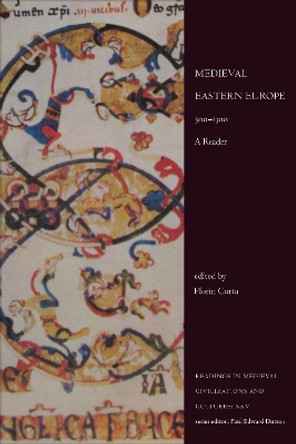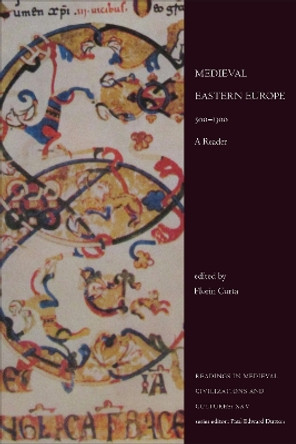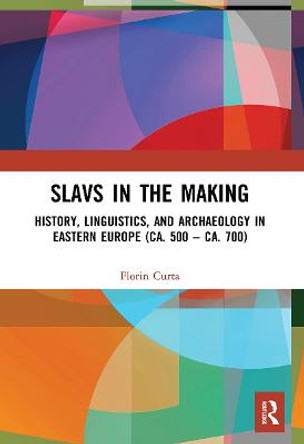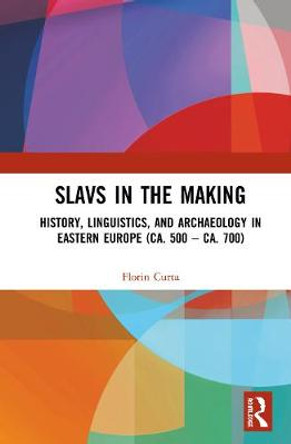Southeastern Europe in the Middle Ages stood at a crossroads of trade and crusading routes and fell within the spheres of influence of both the Byzantine Orthodox Church and Latin Christendom. This authoritative survey draws on historical and archaeological sources in the narration of 750 years of the history of the region, including Romania, southern Ukraine, southern Hungary, Croatia, Slovenia, Serbia, Montenegro, Bulgaria, Macedonia, Albania and Greece. Exploring the social, political and economic changes marking the transition from late Antiquity to the early Middle Ages, this book addresses important themes such as the rise of medieval states, the conversion to Christianity, the monastic movement inspired by developments in Western Europe and in Byzantium, and the role of material culture (architecture, the arts and objects of daily life) in the representation of power.
This book is an authoritative survey of the history of southeastern Europe from 500 to 1250.About the AuthorFlorin Curta is Associate Professor of Medieval History and Archaeology, Department of History, University of Florida.
Reviews'... a comprehensive study that brings to the English-speaking reader much of what has been accumulated in the field of Balkan, or Southeast-European studies by several generations of scholars.' Sixteenth Century Journal
Book InformationISBN 9780521894524
Author Florin CurtaFormat Paperback
Page Count 528
Imprint Cambridge University PressPublisher Cambridge University Press
Weight(grams) 610g
Dimensions(mm) 216mm * 140mm * 27mm







